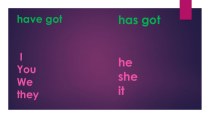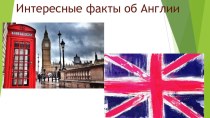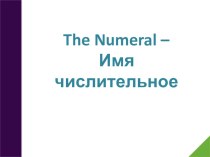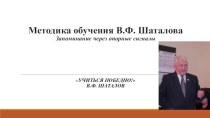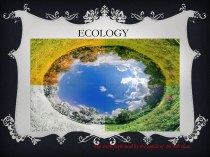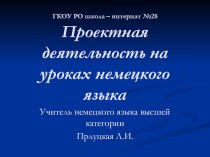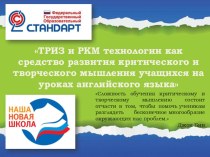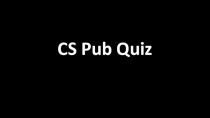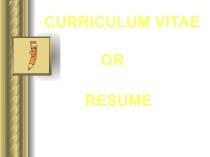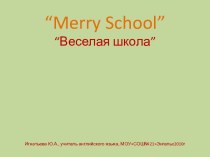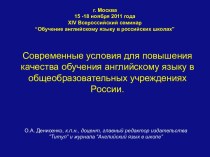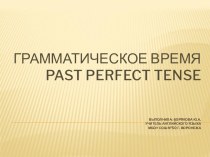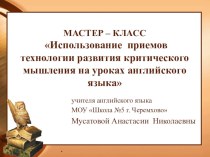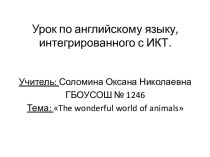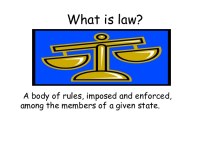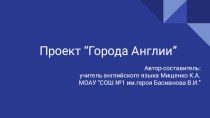- Главная
- Разное
- Бизнес и предпринимательство
- Образование
- Развлечения
- Государство
- Спорт
- Графика
- Культурология
- Еда и кулинария
- Лингвистика
- Религиоведение
- Черчение
- Физкультура
- ИЗО
- Психология
- Социология
- Английский язык
- Астрономия
- Алгебра
- Биология
- География
- Геометрия
- Детские презентации
- Информатика
- История
- Литература
- Маркетинг
- Математика
- Медицина
- Менеджмент
- Музыка
- МХК
- Немецкий язык
- ОБЖ
- Обществознание
- Окружающий мир
- Педагогика
- Русский язык
- Технология
- Физика
- Философия
- Химия
- Шаблоны, картинки для презентаций
- Экология
- Экономика
- Юриспруденция
Что такое findslide.org?
FindSlide.org - это сайт презентаций, докладов, шаблонов в формате PowerPoint.
Обратная связь
Email: Нажмите что бы посмотреть
Презентация на тему Education in Britain
Содержание
- 2. Middle AgesCommon peopleThe first schools were parish
- 3. 17th centuryCommon peopleDame schools Aristocracy Grammar schoolsThe Dissenting AcademiesPrivate boarding-schools
- 4. 18th centuryDame schools continued Charity schools were established The grammar schools The public schools
- 5. 19th centuryschools and teaching were provided for
- 6. 20th century1902- Local Education Authorities had to
- 7. The actions in ParliamentReform Act 1832- education
- 8. British Education System
- 9. School educationprimary education up to age eleven secondary education up to age sixteen
- 10. Private educationGovernment does not support these schools
- 11. Further educationIs for people over sixteen taking
- 12. Higher educationAll UK post-school courses above GCE
- 13. UniversitiesThere are 88 universities in the UK.
- 14. Cambridge University
- 15. Facts about CambridgeStudents: over 16,500 (over100 nationalities)Staff
- 16. Oxford University
- 17. Facts about OxfordStudents: over 16, 500 (130nationalities)Academic
- 18. Distance educationLearners are separated from the institutionLearning
- 19. Teacher educationSchools have responsibility for planning and
- 20. Скачать презентацию
- 21. Похожие презентации
Middle AgesCommon peopleThe first schools were parish schoolsThe grammar schoolsAristocracyThey were taught hunting and manners, rather than reading and writing



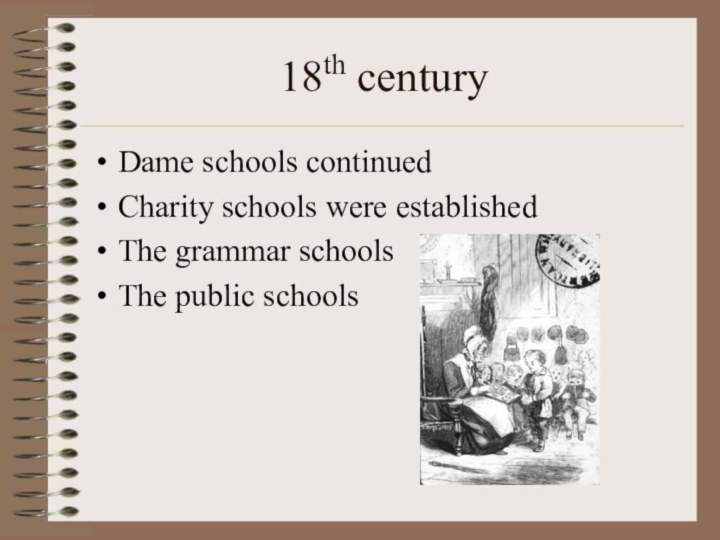
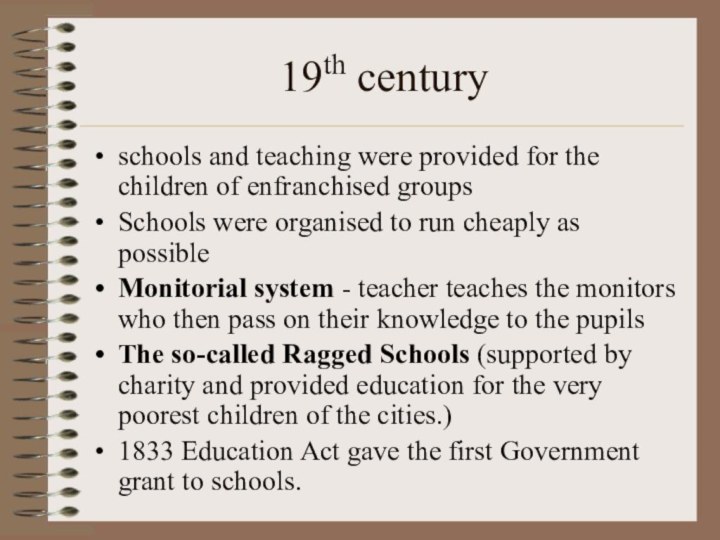
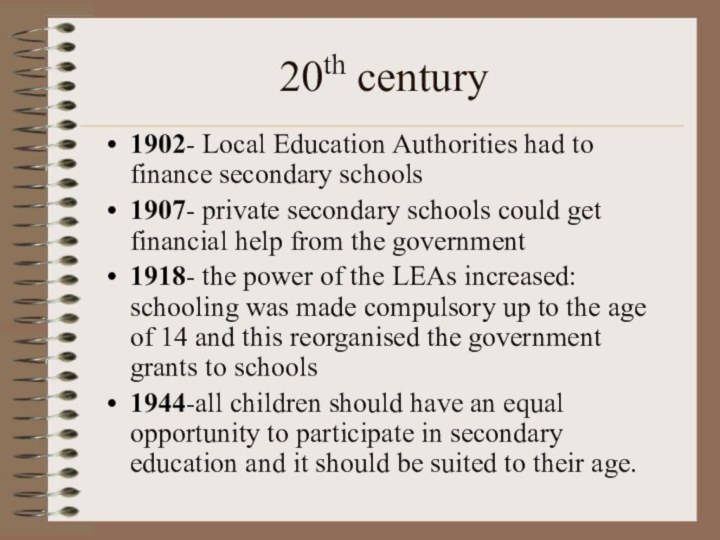
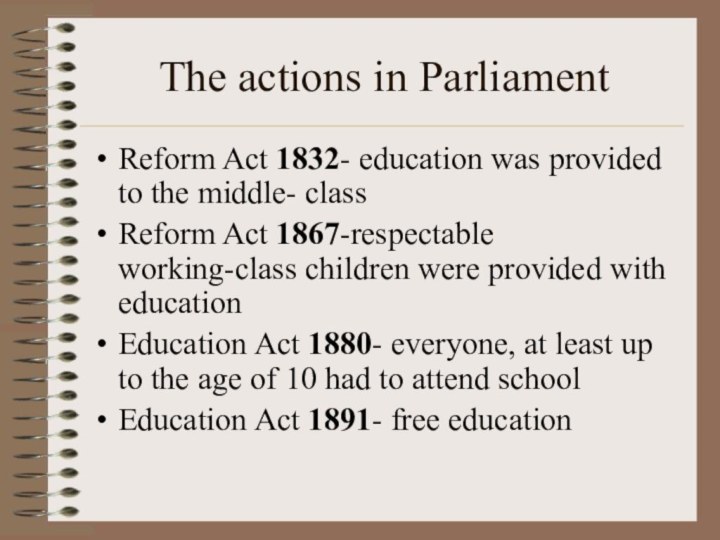
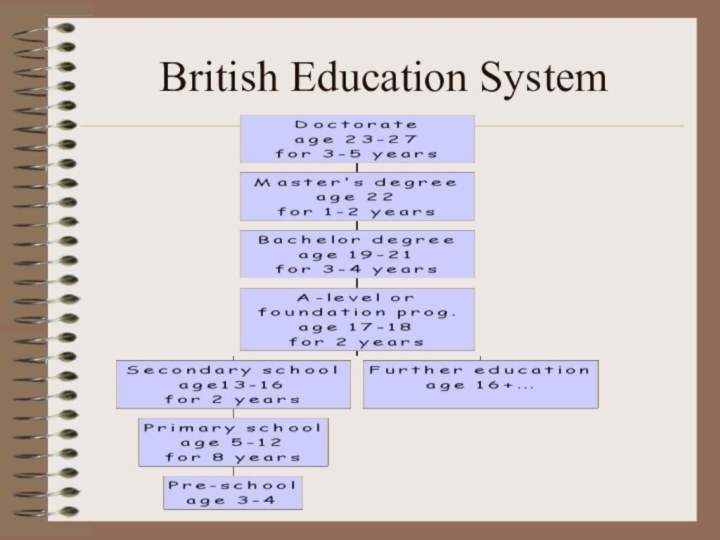
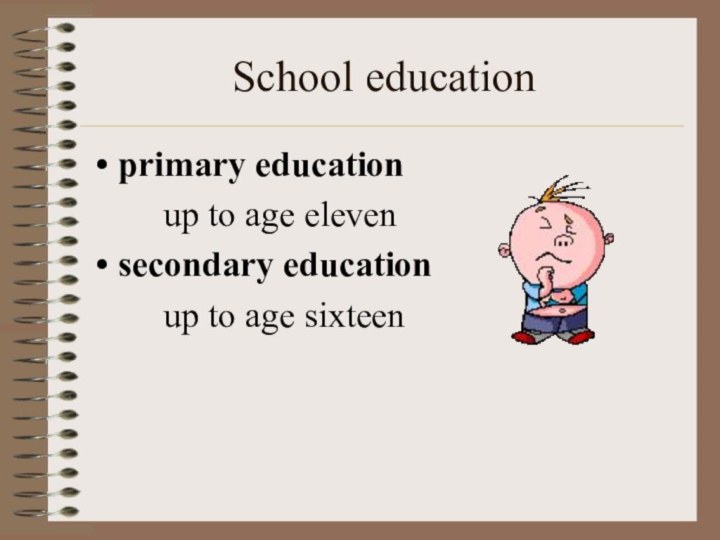
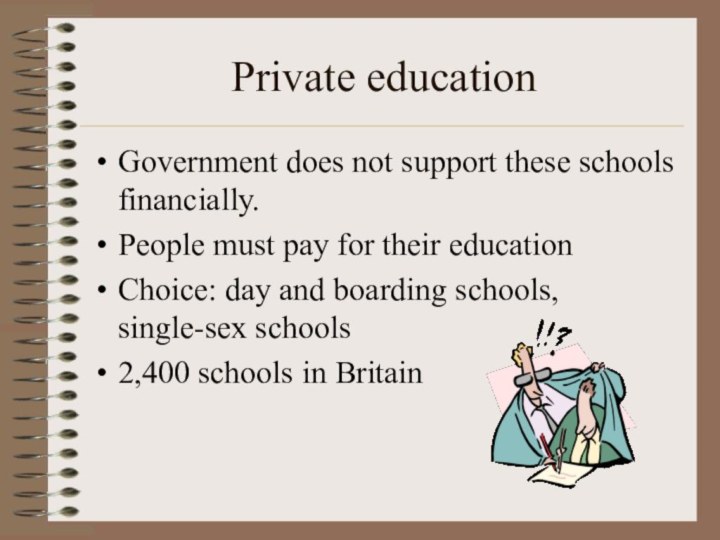
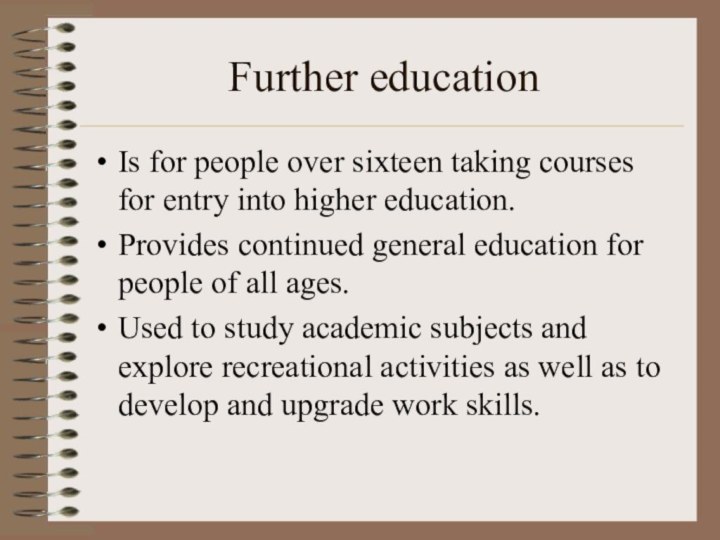
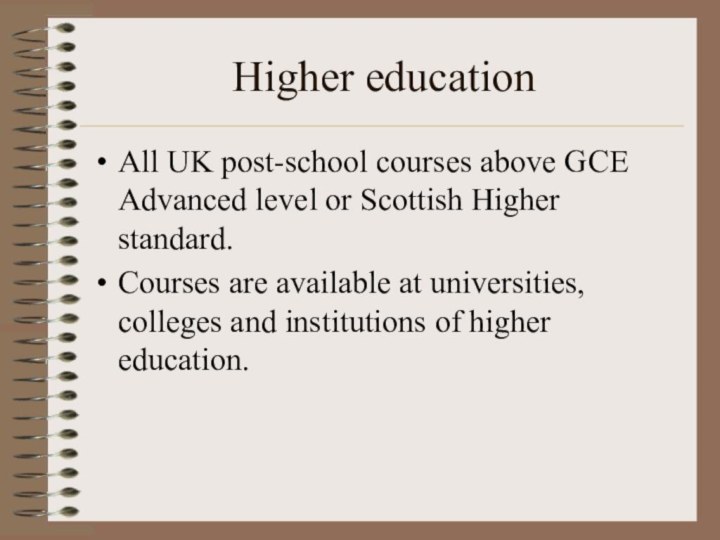
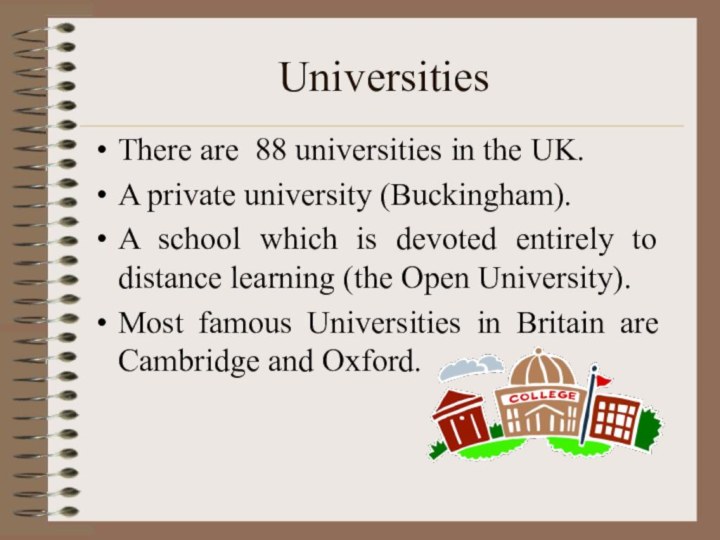
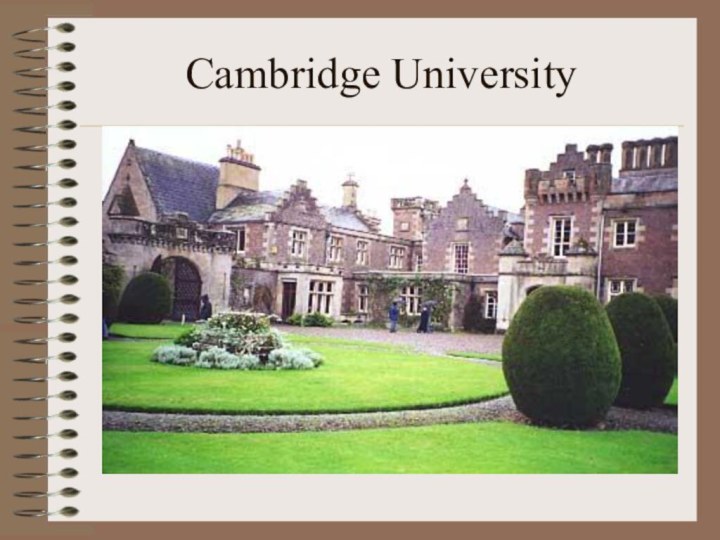
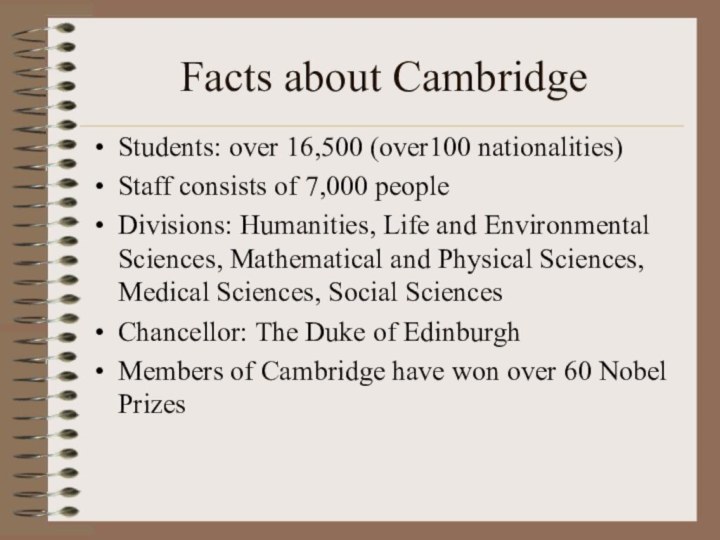
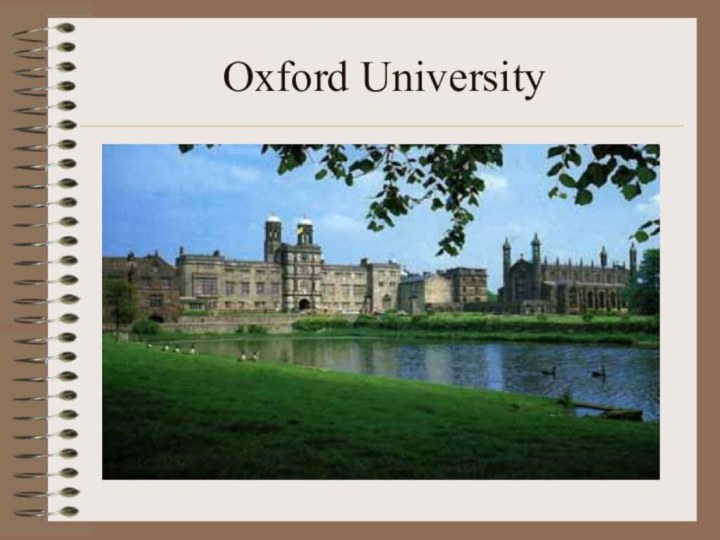
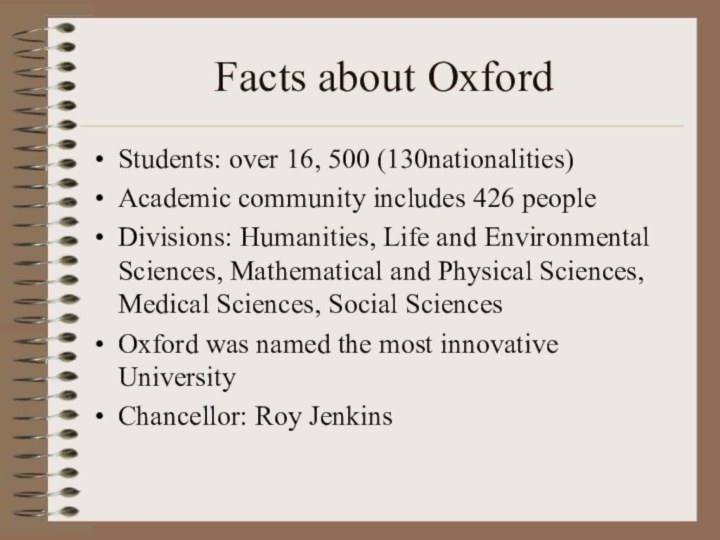
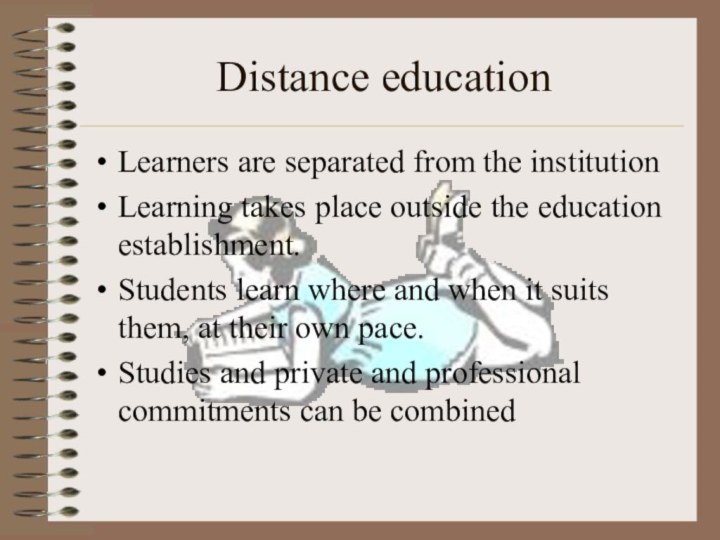

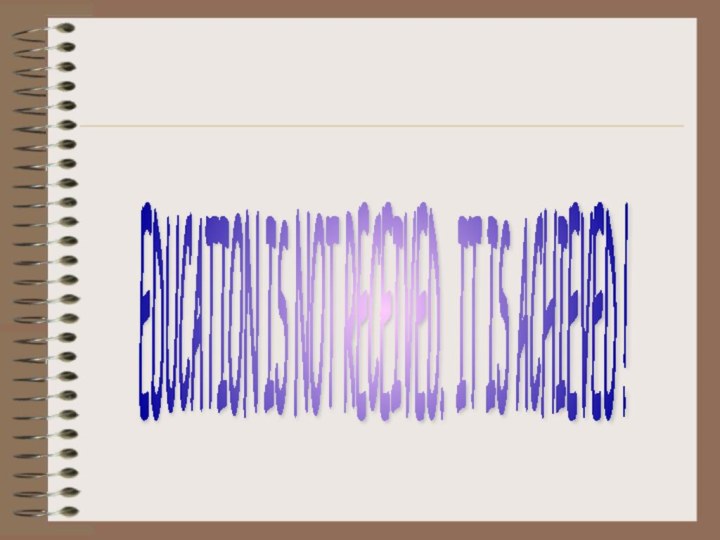
Слайд 2
Middle Ages
Common people
The first schools were parish schools
The
grammar schools
reading and writing
Слайд 3
17th century
Common people
Dame schools
Aristocracy
Grammar schools
The Dissenting
Academies
Private boarding-schools
Слайд 4
18th century
Dame schools continued
Charity schools were established
The grammar schools
The public schools
Слайд 5
19th century
schools and teaching were provided for the
children of enfranchised groups
Schools were organised to run
cheaply as possibleMonitorial system - teacher teaches the monitors who then pass on their knowledge to the pupils
The so-called Ragged Schools (supported by charity and provided education for the very poorest children of the cities.)
1833 Education Act gave the first Government grant to schools.
Слайд 6
20th century
1902- Local Education Authorities had to finance
secondary schools
1907- private secondary schools could get financial
help from the government 1918- the power of the LEAs increased: schooling was made compulsory up to the age of 14 and this reorganised the government grants to schools
1944-all children should have an equal opportunity to participate in secondary education and it should be suited to their age.
Слайд 7
The actions in Parliament
Reform Act 1832- education was
provided to the middle- class
Reform Act 1867-respectable working-class children
were provided with educationEducation Act 1880- everyone, at least up to the age of 10 had to attend school
Education Act 1891- free education
Слайд 10
Private education
Government does not support these schools financially.
People
must pay for their education
Choice: day and boarding schools,
single-sex schools2,400 schools in Britain
Слайд 11
Further education
Is for people over sixteen taking courses
for entry into higher education.
Provides continued general education
for people of all ages. Used to study academic subjects and explore recreational activities as well as to develop and upgrade work skills.
Слайд 12
Higher education
All UK post-school courses above GCE Advanced
level or Scottish Higher standard.
Courses are available at universities,
colleges and institutions of higher education.
Слайд 13
Universities
There are 88 universities in the UK.
A
private university (Buckingham).
A school which is devoted entirely
to distance learning (the Open University). Most famous Universities in Britain are Cambridge and Oxford.
Слайд 15
Facts about Cambridge
Students: over 16,500 (over100 nationalities)
Staff consists
of 7,000 people
Divisions: Humanities, Life and Environmental Sciences, Mathematical
and Physical Sciences, Medical Sciences, Social SciencesChancellor: The Duke of Edinburgh
Members of Cambridge have won over 60 Nobel Prizes
Слайд 17
Facts about Oxford
Students: over 16, 500 (130nationalities)
Academic community
includes 426 people
Divisions: Humanities, Life and Environmental Sciences, Mathematical
and Physical Sciences, Medical Sciences, Social Sciences Oxford was named the most innovative University
Chancellor: Roy Jenkins
Слайд 18
Distance education
Learners are separated from the institution
Learning takes
place outside the education establishment.
Students learn where and
when it suits them, at their own pace. Studies and private and professional commitments can be combined
